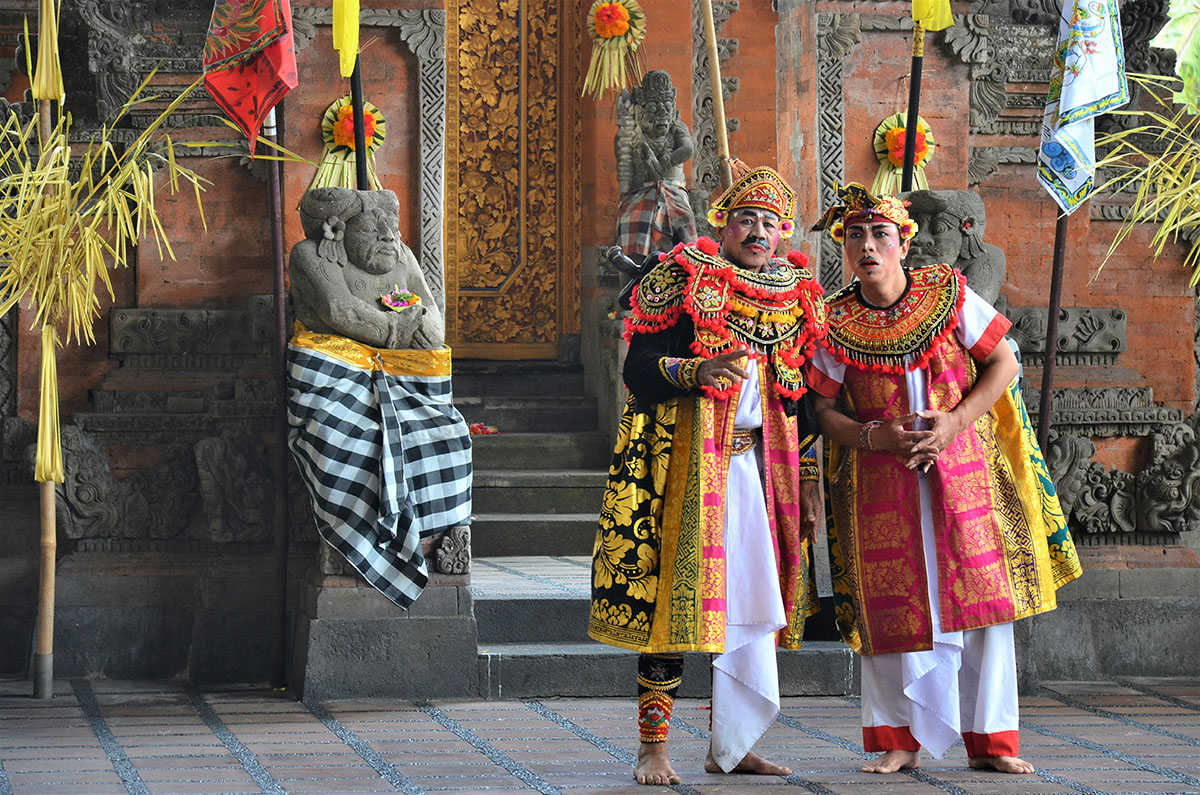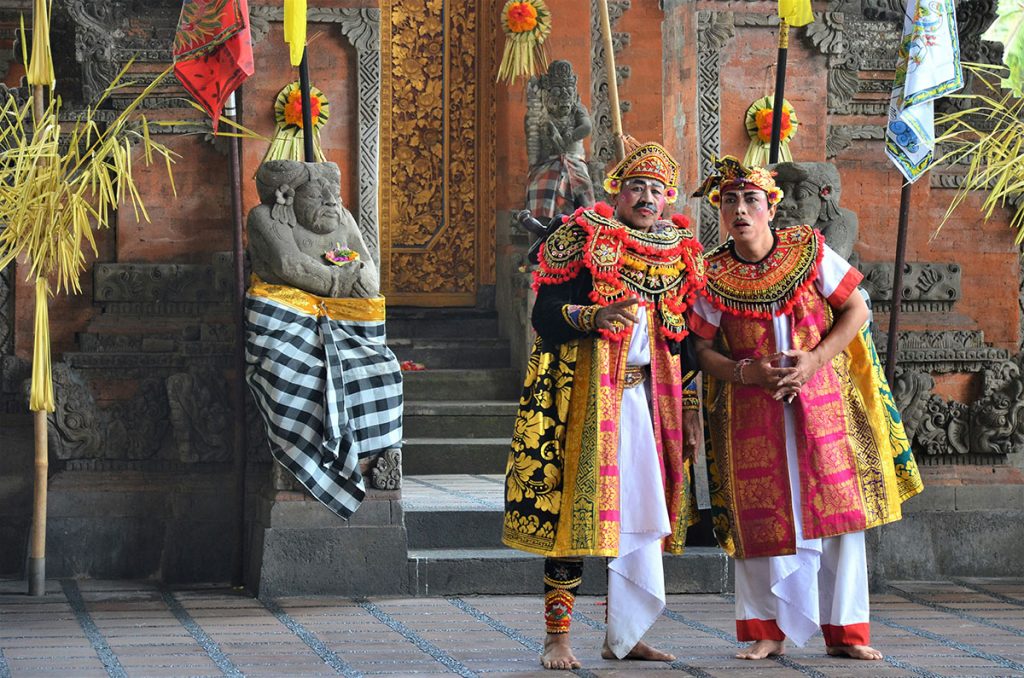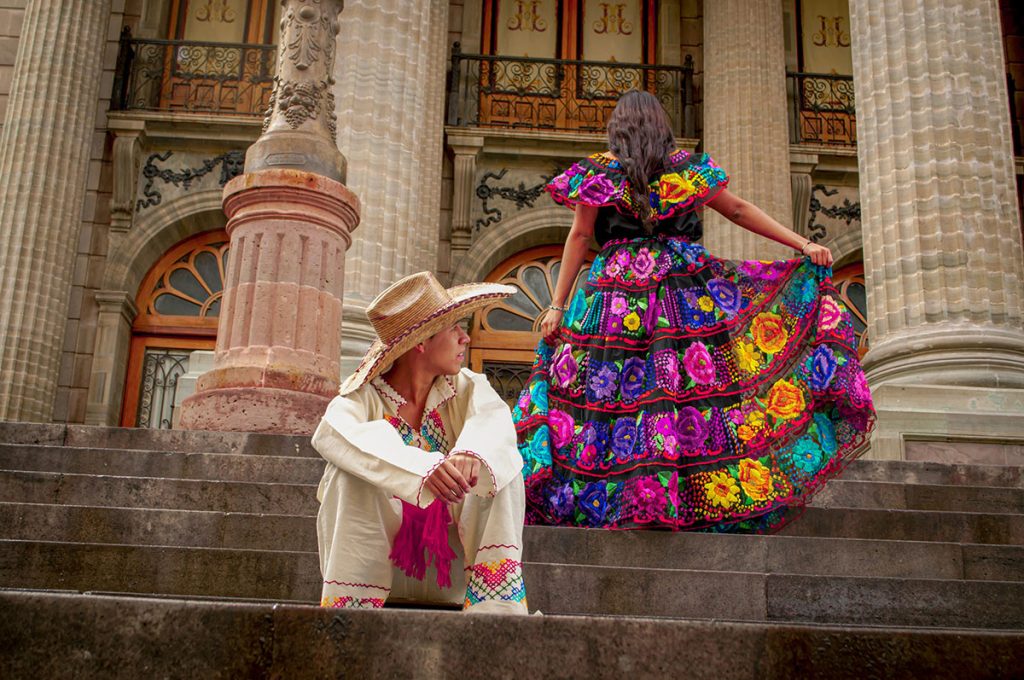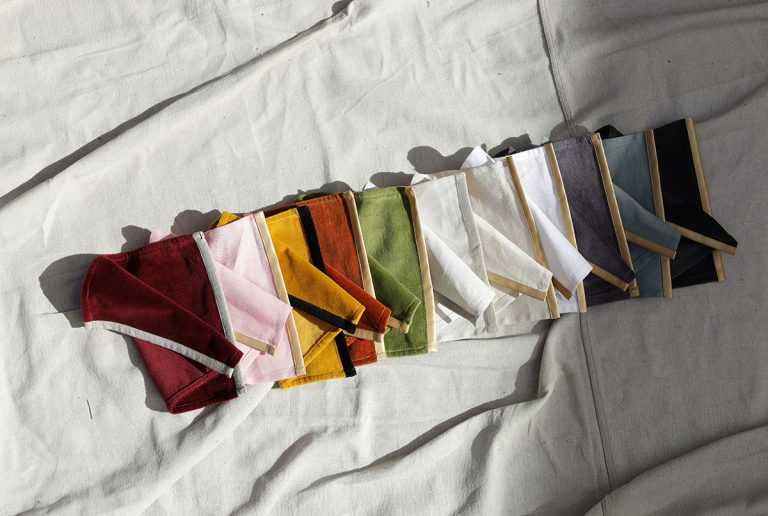
Traveling the world while maintaining your personal style requires more than just packing light – it demands cultural awareness and respect for local customs. What’s considered fashionable in one country might be inappropriate or even offensive in another. The key to successful global travel fashion lies in understanding universal principles of respectful dress while adapting your wardrobe to honor local traditions and expectations.
Modern travelers must navigate diverse cultural landscapes where clothing choices communicate respect, awareness, and consideration for local values. This doesn’t mean abandoning personal style, but rather expanding your fashion vocabulary to include cultural fluency alongside aesthetic preferences. Smart travelers research destination dress codes as thoroughly as they plan their itineraries, ensuring their wardrobe choices enhance rather than hinder their travel experiences.
Understanding Cultural Dress Expectations Across Regions
Conservative vs Liberal Fashion Landscapes
Different regions maintain varying levels of conservative dress expectations based on religious traditions, cultural values, and historical contexts. Understanding these spectrums helps travelers pack appropriately while showing respect for local customs. Conservative destinations typically favor longer hemlines, covered shoulders, and modest necklines, while liberal areas offer more flexibility in personal expression.
Research your destination’s general cultural orientation before packing. Countries with strong religious influences often maintain stricter dress codes, particularly around sacred sites, government buildings, and traditional neighborhoods. Even within liberal countries, certain areas or occasions may require more conservative styling approaches.
Regional Climate and Cultural Intersection
Climate considerations must balance with cultural expectations to create appropriate travel wardrobes. Hot climates might naturally call for minimal clothing, but cultural norms may require coverage despite temperatures. Understanding this intersection helps travelers pack pieces that remain comfortable while respecting local customs.
Lightweight, breathable fabrics in modest silhouettes provide solutions for hot, conservative destinations. Technical fabrics offer comfort without compromising cultural sensitivity, allowing travelers to stay cool while maintaining appropriate coverage levels.
Essential Pieces for Universal Appropriateness

The Modest Wardrobe Foundation
Build your travel wardrobe around pieces that work appropriately across diverse cultural contexts. Longer sleeves, higher necklines, and fuller coverage provide flexibility for stricter dress environments while remaining stylish in liberal settings. These foundation pieces serve as your cultural safety net when visiting unfamiliar destinations.
Cotton and linen blouses with three-quarter or full sleeves offer comfort and appropriateness across varied climates and cultural expectations. Choose classic silhouettes in neutral colors that coordinate with multiple bottoms and accessories for maximum versatility.
Versatile Layering Solutions
Layering pieces allow quick adjustments to meet unexpected dress requirements without completely changing outfits. Lightweight cardigans, scarves, and wraps provide instant coverage when entering conservative areas or religious sites while easily removing when in more liberal environments.
Pack pieces that serve multiple functions – a large scarf can cover shoulders in religious sites, provide warmth in air conditioning, or add style to simple outfits. This multipurpose approach maximizes wardrobe flexibility while minimizing luggage weight.
Universal Bottom Options
Pants, longer skirts, and modest dresses form appropriate foundations for most global destinations. Choose pieces that cover knees and provide comfortable fits that don’t cling too tightly. These silhouettes respect conservative dress expectations while remaining fashionable and comfortable for extended wear.
Dark colors hide travel wear better than light alternatives while offering sophisticated appearances appropriate for various cultural contexts. Choose quality fabrics that maintain their shape and appearance through multiple wears and diverse climate conditions.
Religious and Sacred Site Considerations
Temple and Mosque Etiquette
Religious sites often maintain strict dress codes regardless of the surrounding area’s general fashion climate. Research specific requirements for major religious sites on your itinerary, as these may include head covering, shoe removal, or specific color restrictions.
Pack a dedicated religious site outfit that meets the strictest requirements you’ll encounter. This often includes covered arms and legs, modest necklines, and removable shoes. Having these pieces designated specifically for religious visits ensures you’re always prepared for spontaneous spiritual site exploration.
Understanding Head Covering Customs
Some destinations or specific locations require head covering for visitors regardless of personal religious beliefs. Pack lightweight scarves that can serve this purpose while remaining stylish accessories for regular use. Learn basic head covering techniques that show respect while providing secure, comfortable coverage.
Choose scarves in neutral colors that complement your travel wardrobe while meeting cultural requirements. Silk or cotton scarves offer comfort and breathability while providing appropriate coverage for religious site visits.
Business and Professional Travel Considerations

Global Business Dress Standards
Professional dress expectations vary significantly across cultures, with some favoring formal suits while others embrace business casual approaches. Research your destination’s business culture before packing professional pieces, as appropriateness levels differ dramatically between regions.
Conservative business dress generally works across most professional environments globally. Pack classic pieces like blazers, tailored pants, and modest blouses that communicate professionalism while respecting local business customs. Dark colors and classic silhouettes translate well across diverse business cultures.
Meeting Cultural Business Expectations
Some cultures emphasize formal presentation in business settings while others prioritize relationship-building over appearance formality. Understanding these preferences helps pack appropriate professional pieces that support your business objectives while showing cultural awareness.
Pack versatile professional pieces that can be styled formally or casually depending on specific business culture requirements. This flexibility ensures appropriate presentation regardless of unexpected business culture variations within your destination.
Casual and Social Situation Styling
Everyday Street Style Awareness
Regular sightseeing and social activities require understanding local casual dress norms. What’s considered normal street wear varies dramatically between destinations, with some embracing colorful, expressive fashion while others favor understated, conservative casual wear.
Observe local fashion during your first days in new destinations to understand casual dress expectations. This helps adjust your styling choices to blend appropriately with local customs while maintaining personal style expression within acceptable parameters.
Social Event and Dining Protocols
Evening entertainment and dining situations may require elevated dress standards regardless of daytime casual norms. Research specific venues and social customs to ensure appropriate styling for planned activities and unexpected invitations.
Pack at least one elevated outfit suitable for nice restaurants or social events. This preparation ensures you can participate in local social customs without feeling underdressed or culturally inappropriate.
Practical Research and Preparation Strategies

Pre-Travel Cultural Research
Thorough destination research should include cultural dress expectations alongside typical tourist information. Government tourism websites, cultural guides, and travel blogs from recent visitors provide valuable insights into appropriate dress standards and cultural sensitivities.
Contact local tour guides or accommodation providers for specific advice about current cultural dress expectations. Local insights often provide more nuanced understanding than general travel guides, helping avoid unintentional cultural insensitivity.
Packing List Customization by Destination
Customize your packing list based on specific destination research rather than using generic travel packing advice. This targeted approach ensures your wardrobe meets specific cultural requirements while supporting your planned activities and experiences.
Create destination-specific packing checklists that include cultural considerations alongside climate and activity requirements. This comprehensive approach prevents packing oversights that could create uncomfortable situations during travel.
Adapting Personal Style Within Cultural Boundaries
Maintaining Individual Expression
Respecting cultural dress norms doesn’t require abandoning personal style completely. Find ways to express individual preferences within acceptable parameters through color choices, accessories, and styling approaches that honor both personal taste and cultural sensitivity.
Use accessories to add personality to culturally appropriate foundation pieces. Jewelry, scarves, and bags provide opportunities for personal expression while maintaining overall outfit appropriateness for local customs and expectations.
Building Cultural Confidence
Dressing appropriately for local customs builds confidence in unfamiliar cultural environments while demonstrating respect for local traditions. This cultural awareness often leads to more positive local interactions and deeper travel experiences.
Invest time in understanding cultural dress customs as thoroughly as you research historical sites or local cuisine. This preparation demonstrates cultural respect while ensuring comfortable, confident travel experiences across diverse global destinations.
Emergency Preparedness and Quick Solutions
Last-Minute Coverage Solutions
Pack emergency coverage pieces for unexpected cultural dress requirements or spontaneous religious site visits. Lightweight wraps, long scarves, or emergency cover-ups provide quick solutions when encountering stricter dress expectations than anticipated.
Safety pins, hair elastics, and small sewing kits help adapt existing pieces for unexpected cultural requirements. These simple tools provide creative solutions for meeting dress codes with pieces already in your travel wardrobe.
Shopping Local Appropriately
When additional cultural dress pieces become necessary during travel, shopping locally ensures authentically appropriate choices while supporting local economies. Local fashion reflects cultural dress expectations more accurately than international brands might.
Research appropriate local shopping areas and ask for guidance when purchasing cultural dress pieces. This ensures purchases meet local standards while providing authentic cultural fashion experiences that enhance travel memories.
Frequently Asked Questions
Q: How do I research dress codes for countries without obvious cultural information online?
A: Contact local tourism boards, embassy cultural attachés, or recent travelers through travel forums. Local accommodation providers often provide excellent cultural guidance for respectful dress.
Q: Can I wear Western brands in traditional cultures without being disrespectful?
A: Yes, focus on appropriate silhouettes and coverage levels rather than specific brands. Respectful styling matters more than clothing origins in most cultural contexts.
Q: What should I do if I accidentally dress inappropriately for a cultural site?
A: Apologize sincerely, cover up immediately with available layers, and ask local guides for appropriate alternatives. Most locals appreciate respectful efforts to correct mistakes.
Q: Are there universal pieces that work appropriately in every country?
A: Modest, neutral-colored pieces with longer sleeves and full coverage typically work across most cultures, though specific requirements may still vary by location.
Q: How do I handle situations where local women dress differently than tourist recommendations suggest?
A: Follow the most conservative guidelines available, as tourist areas often have different expectations than local neighborhoods, and err on the side of cultural respect.


